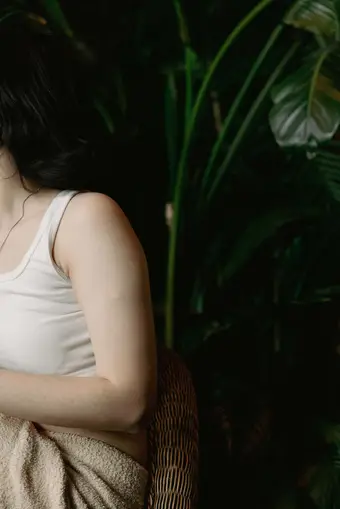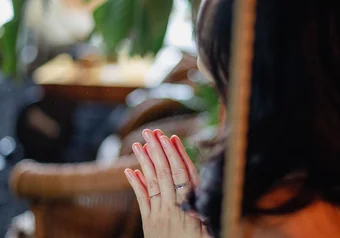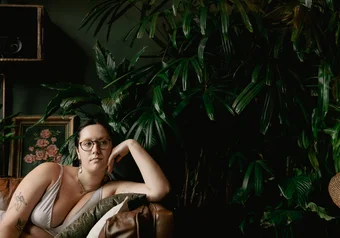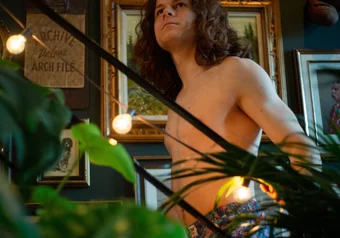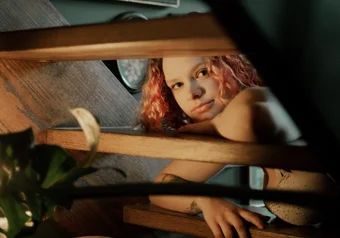This article contains mention of sexual assault.
For many survivors of sexual trauma, there is a clear before and after — and there is no going back. But that doesn’t mean healing isn’t possible.
For Allison, a first-year student in the Faculty of Pharmaceutical Sciences, the healing process began without her realizing it.
“It wasn’t an active ‘This is me healing right now’; it was very after-the-fact,” she said. Allison’s name has been changed for her safety.
Allison’s then-boyfriend sexually assaulted her when she was 14. She didn’t process the trauma immediately and recalls being very avoidant.
It wasn’t until much later that she realized her avoidance was itself a form of healing.
Allison believes her understanding of healing differs from that of other survivors.
“I think, ‘Dang, I did it wrong.’ But there’s no right way to heal from anything.”
It’s not uncommon for survivors of trauma to develop post-traumatic stress disorder, or PTSD. According to the American Psychological Association, seven to eight per cent of the population will experience PTSD at some point in their lives.
For Allison, her PTSD was coupled with memory loss. This can happen when the hippocampus, the region of the brain responsible for encoding memories and regulating stress hormones, becomes damaged and loses volume due to heightened stress levels.
"A lot of my memories before I was 14 years old, and during that relationship, are gone,” she said. “I lost my teenage years.”
In a 2008 study, women with a history of childhood physical or sexual abuse experienced double the rate of general autobiographical memory loss compared to those who no abuse history. For men, the rate was
1.5 times higher compared to those who did not experience abuse.
“It’s almost like there’s two people: there’s the person you were before it happened and the person who you were after.”
But Allison has become content with the person she is now. “I don’t remember who I was before but .... it’s not bad that I changed.”
Olivia, a fourth-year science student whose last name has been omitted to protect her privacy, also feels proud of the person she’s become in the aftermath of her sexual trauma. One change is through reflecting on her own sexuality. Healing has allowed her to explore which genders she is attracted to and consider how to best satisfy her sexual needs.
“There is no shame in talking about what makes you feel good.”
She added that seeking support from UBC’s Sexual Violence Prevention and Response Office ( SVPRO)helped validate her experiences and guide her through the healing process.
Olivia highlighted the importance of drawing on support both from loved ones and professionals.
“It’s okay to just reach out for help,” she said.
In addition to SVPRO, the AMS Sexual Assault Support Centre (SASC) is another free option available to UBC students.
Healing can be a long- or short-term process, said SASC Manager Aashna Josh. “It can take time and there can be lots of ups and downs.”
“[We] really encourage folks not to feel pressure to get over it ... and not [ignore] the pain of those things.”
The SASC uses a trauma-informed, harm-reduction approach, said Josh. One of its main strategies is holding space for survivors to process their trauma at their own pace. While the SASC doesn’t offer counselling services, it can connect clients with external resources like mental health professionals.
The SASC is focused on “meeting [people] where they’re at” to understand and help ground their experiences of sexualized violence rather than using “a deeper therapeutic lens,” said Josh.
For survivors who wish to seek professional help, therapy can take the healing process a step further. While in therapy, Allison’s therapist gave her an exercise: draw a self-portrait of what she looked like inside.
“You’d be surprised how bright it can be,” she said. “I think [introspection] is really important when you’re starting your healing journey, and that bright person can take you really far.”
First online
Share this article


